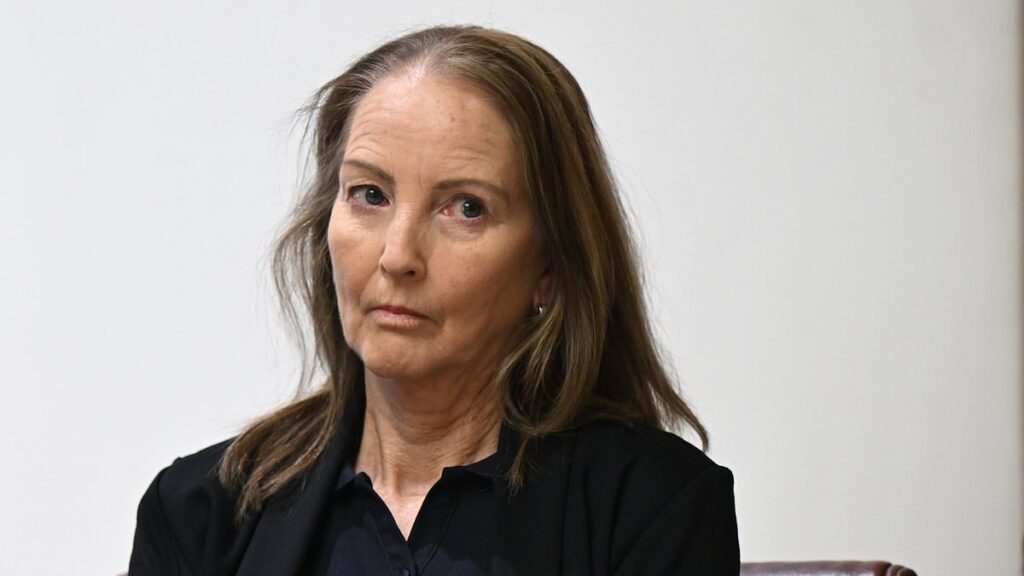
In a startling turn of events, the Commonwealth Bank of Australia (CBA) has come under fire for its handling of employee layoffs, particularly the case of Kathryn Sullivan, a bank teller with 25 years of service. Sullivan, aged 63, was made redundant in July after unknowingly training an artificial intelligence (AI) system to perform her job. This incident has sparked a broader debate about the role of AI in the workplace and the ethical considerations surrounding its implementation.
Sullivan expressed her shock and disappointment at the abrupt end to her long career, stating, “I was completely shell-shocked, alongside my colleague. We just feel like we were nothing, we were a number.” Her final responsibilities included scripting and testing chatbot responses for CBA’s Bumblebee AI, stepping in when the bot failed to answer customer queries. Despite her support for new technologies, Sullivan was blindsided by the redundancy.
The Aftermath of Redundancies
The controversy deepened when CBA admitted to mishandling the layoffs. The bank initially assessed that 45 roles were redundant, but this decision was later reversed after a spike in customer calls highlighted the inadequacy of AI alone to replace human staff. A spokesperson for CBA acknowledged the oversight, stating, “We have apologised to the employees concerned and acknowledge we should have been more thorough in our assessment of the roles required.”
Despite the bank’s offer to reinstate the affected employees, Sullivan opted for redundancy, citing that the new role offered lacked the security and responsibilities of her previous position. This incident has raised questions about the bank’s commitment to its workforce amidst its push towards AI integration.
AI’s Role in the Future of Work
The Commonwealth Bank’s strategic push into AI continues unabated. Recently, CBA CEO Matt Comyn announced a partnership with OpenAI to combat scams, fraud, and financial crime, emphasizing the importance of technological advancement for global competitiveness. “Our strategic partnership with OpenAI reflects our commitment to bringing world-class capabilities to Australia,” Comyn stated.
However, the bank’s decision to hire approximately 100 roles in India shortly after laying off over 300 staff in Australia has sparked further criticism. These new positions, including data engineers and software developers, mirror roles that were previously based in Australia, adding fuel to the debate about the offshoring of jobs.
Voices from the AI Symposium
Sullivan shared her experience at an AI symposium hosted by the Australian Council of Trade Unions (ACTU) at Parliament House. The event highlighted the need for a national agenda to ensure AI empowers jobs and economic growth. ACTU Assistant Secretary Joseph Mitchell emphasized the importance of consulting workers before implementing new technologies to protect jobs and intellectual property.
Reserve Bank Governor Michele Bullock also addressed the symposium, acknowledging the potential disruptions AI could cause in the labor market. “That’s why it is so important that we have a resilient and adaptable workforce,” Bullock noted, stressing the need for investment in training and education for affected workers.
“The Australian ideal of the ‘fair go’ means that prosperity is shared,” said Assistant Productivity Minister Andrew Leigh. “Technology should serve people, not the other way around.”
Looking Forward
As the Commonwealth Bank continues to navigate its AI integration, the broader implications for the Australian workforce remain a topic of intense discussion. Labor Senator Tim Ayres raised concerns about Australia’s reliance on foreign technology, urging a more proactive approach in shaping the technological landscape.
The incident at CBA serves as a cautionary tale for organizations worldwide, highlighting the need for careful consideration and communication when implementing AI technologies. As the debate continues, the focus remains on ensuring that technological advancements enhance rather than undermine the workforce.







